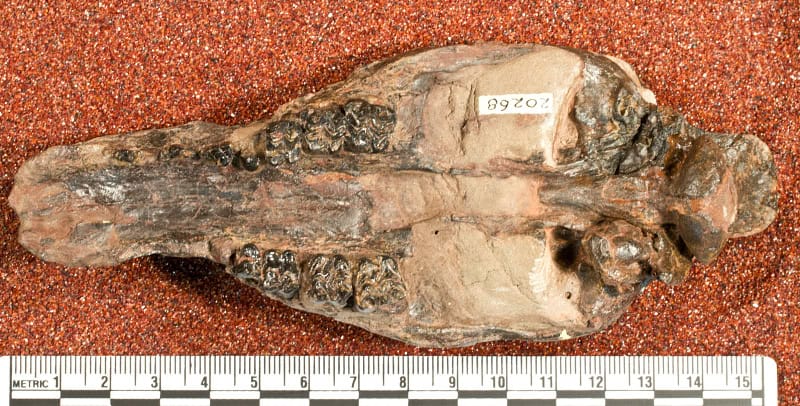When we think of camels, our minds typically conjure images of these resilient creatures traversing scorching desert landscapes, their iconic humps silhouetted against dunes. However, a fascinating chapter in evolutionary history reveals a surprising twist – camels once roamed the frigid landscapes of Alaska. Paleontological discoveries have unearthed compelling evidence that ancestors of modern camels thrived in the Arctic regions of North America millions of years ago. This remarkable revelation challenges our conventional understanding of camel evolution and adaptation, offering valuable insights into how climate change has influenced the migration and evolution of species throughout Earth’s history.
The Unexpected Arctic Origins

Contrary to popular belief, camels did not originate in the Middle East or North Africa’s desert regions. Paleontological evidence indicates that the camel family (Camelidae) evolved in North America approximately 45 million years ago during the Eocene epoch. The earliest ancestor identified was Protylopus, a small, rabbit-sized creature that bore little resemblance to modern camels. Over millions of years, these early camelids diversified and spread across the continent, including into what is now Alaska. This Arctic origin story represents one of paleontology’s most fascinating examples of evolutionary adaptation and geographic dispersal, highlighting how dramatically a species’ range can shift over geological time.
The Ellesmere Island Discovery

One of the most significant findings supporting the Arctic camel theory came in 2013 when researchers from the Canadian Museum of Nature announced the discovery of camel fossils on Ellesmere Island in the Canadian High Arctic. Located just 1,200 kilometers from the North Pole, these 3.5-million-year-old fossils represented the northernmost camel remains ever found. The fossils consisted of 30 bone fragments, including a tibia (leg bone), which through careful analysis was determined to belong to a giant camel approximately 30% larger than modern camels. These fossils date to the mid-Pliocene epoch, a time when the High Arctic was significantly warmer than today but still experienced freezing winters and limited daylight during winter months.
The Western Interior Seaway Connection

The presence of camels in Alaska and the Canadian Arctic is intricately linked to ancient geography. During much of the Cretaceous period (145-66 million years ago), North America was divided by the Western Interior Seaway, a vast inland sea stretching from the Gulf of Mexico to the Arctic Ocean. As this seaway retreated and land bridges formed, animal populations, including early camelids, were able to migrate northward. Paleontological records suggest that camel ancestors moved between western and eastern regions of North America as geological conditions permitted. This northward expansion eventually led to camel populations establishing themselves in Alaska and other Arctic regions, where they would continue to evolve adaptations suited to the challenging northern environment.
Anatomical Adaptations for Arctic Survival
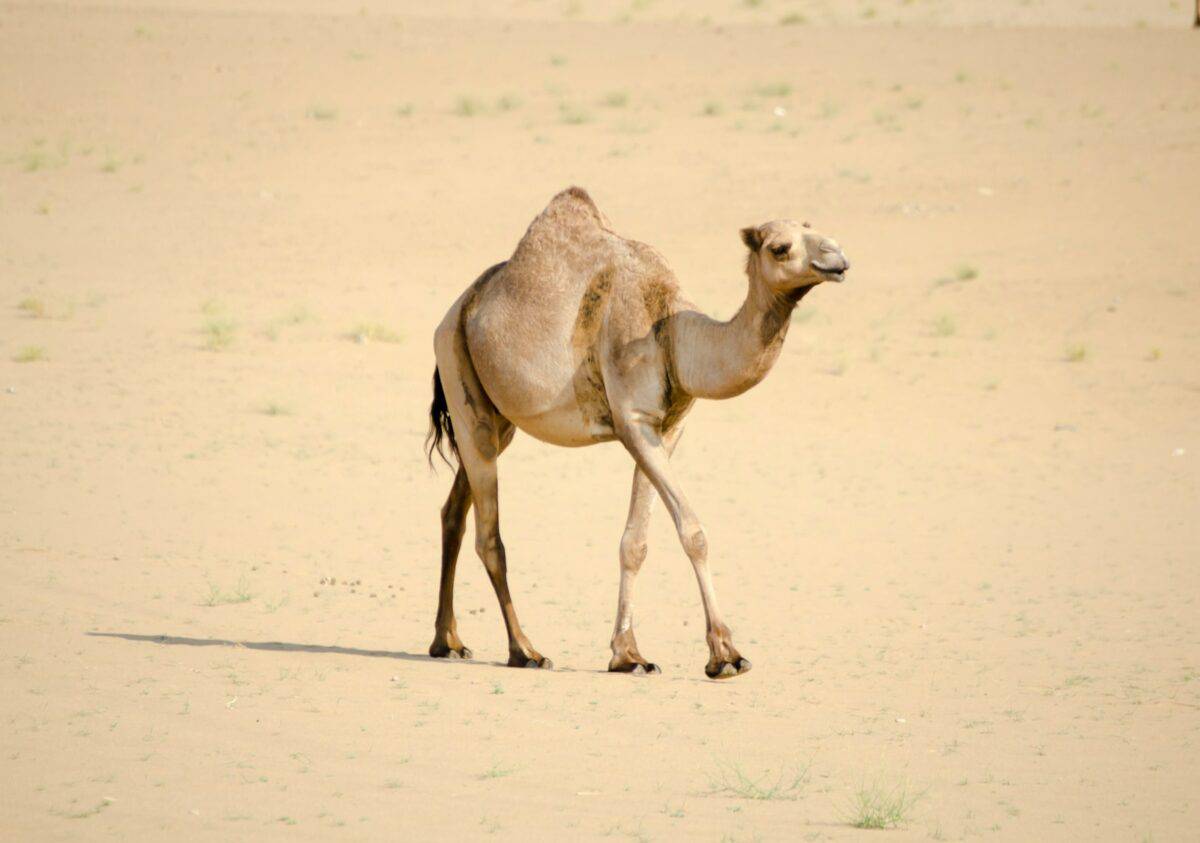
Modern camels possess several adaptations that seem puzzling in their desert habitats but make perfect sense when viewed through the lens of their Arctic origins. Their large, wide feet, which prevent sinking in desert sand, would have been equally effective for traversing snow. Their iconic humps, which store fat rather than water, would have provided crucial energy reserves during harsh Arctic winters when food was scarce. Even their remarkable ability to tolerate extreme temperature fluctuations—from freezing nights to scorching days in modern deserts—may have evolved first as an adaptation to the seasonal temperature variations of the Arctic. Perhaps most tellingly, modern camels have oval-shaped red blood cells (unique among mammals), which improve blood flow in low-oxygen conditions and would have been advantageous in cold Arctic environments.
The Giant Camel of Arctic Alaska
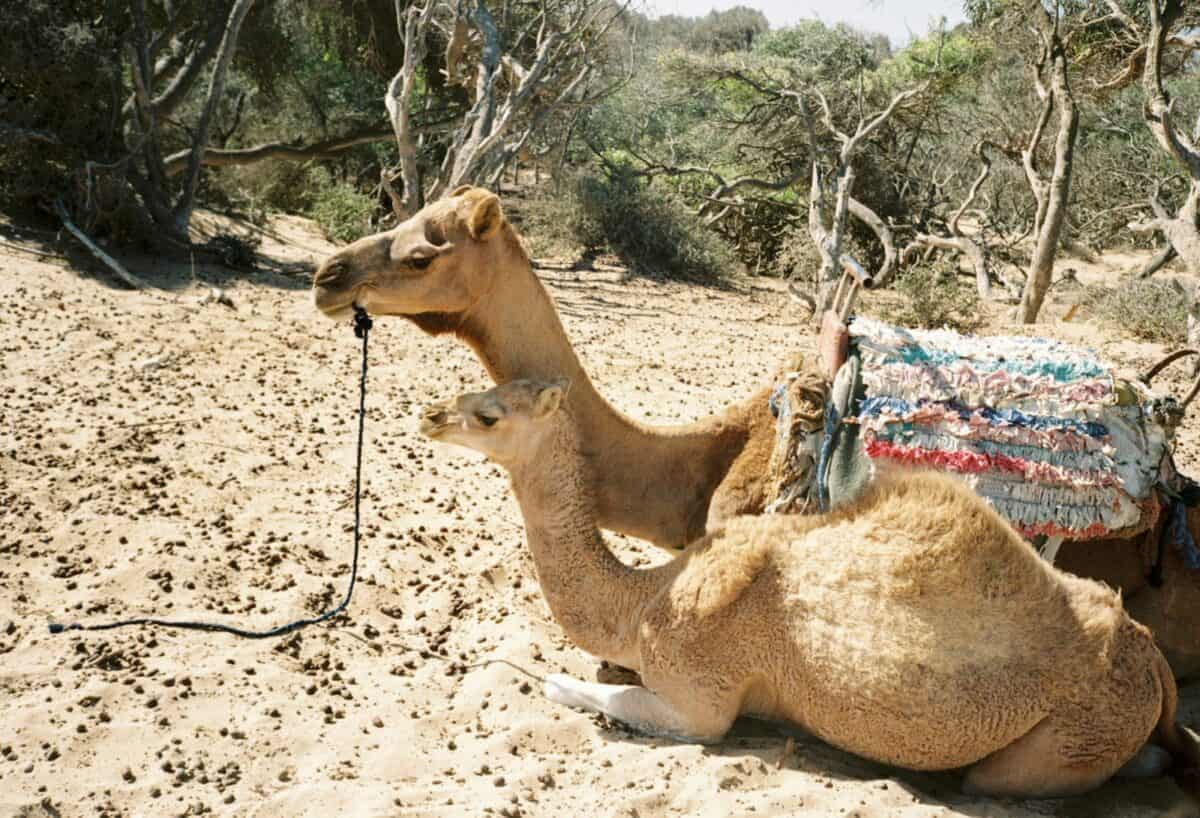
The Arctic camels were not identical to their modern descendants. Fossil evidence suggests these northern-dwelling camelids were significantly larger, standing approximately 2.7 meters tall at the shoulder and weighing around 900 kilograms—about 30% larger than today’s dromedaries. This impressive size aligns with Bergmann’s rule, which holds that within a species, populations in colder environments tend to be larger than those in warmer regions, as a larger body mass helps conserve heat. The Alaskan and High Arctic camels likely evolved this gigantism as an adaptation to the cold climate, developing thicker fur and larger bodies to maintain body temperature during the freezing Arctic winters. Their substantial size would have also helped them navigate through deep snow and ward off predators in their northern habitat.
Dating the Arctic Camel Era

Through radiometric dating and biostratigraphic methods, scientists have determined that camels inhabited Alaska and the High Arctic primarily during the mid-Pliocene epoch, approximately 3.5 to 3.8 million years ago. This period is particularly significant in Earth’s climate history, as it represents a time when global temperatures were 2-3°C warmer than pre-industrial times, with Arctic temperatures 14-22°C warmer than today. The Pliocene Arctic featured a boreal-type forest ecosystem rather than the treeless tundra present today. These warmer conditions allowed camelids to thrive much further north than would be possible in the current climate. The fossil record indicates that camel populations existed in Alaska for several million years before changing climate conditions eventually forced their southward migration or local extinction.
Collagen Fingerprinting Techniques

Identifying the Arctic camel fossils presented a unique challenge for paleontologists, as the fragmentary nature of many specimens made traditional morphological identification difficult. To overcome this obstacle, researchers employed an innovative method called collagen fingerprinting, also known as ZooMS (Zooarchaeology by Mass Spectrometry). This technique analyzes the protein structure preserved in fossilized bones, creating a unique “fingerprint” that can be compared to known species. When applied to the Ellesmere Island fossils, the collagen signatures matched most closely with modern dromedary camels rather than other Arctic mammals, providing conclusive evidence of their camelid identity. This technological breakthrough has revolutionized paleontology, allowing scientists to identify specimens that would have been impossible to classify using traditional methods alone.
The Beringian Land Bridge Migration

The story of camel evolution involves remarkable intercontinental journeys. Between 7 and 8 million years ago, ancestors of modern camels crossed from North America to Asia via the Beringian land bridge—the same route that humans would later take in the opposite direction. This land bridge, exposed during periods of lower sea levels, connected present-day Alaska and Siberia, creating a pathway for animal migration. Once in Asia, these camel ancestors diversified into two distinct lineages: one leading to the Bactrian and dromedary camels of Asia and Africa, and another leading to the llamas, alpacas, vicuñas, and guanacos of South America. Meanwhile, camel populations remaining in North America, including those in Alaska, would eventually go extinct along with many other large mammals during the Pleistocene megafaunal extinctions approximately 10,000-12,000 years ago.
The Yukon Findings
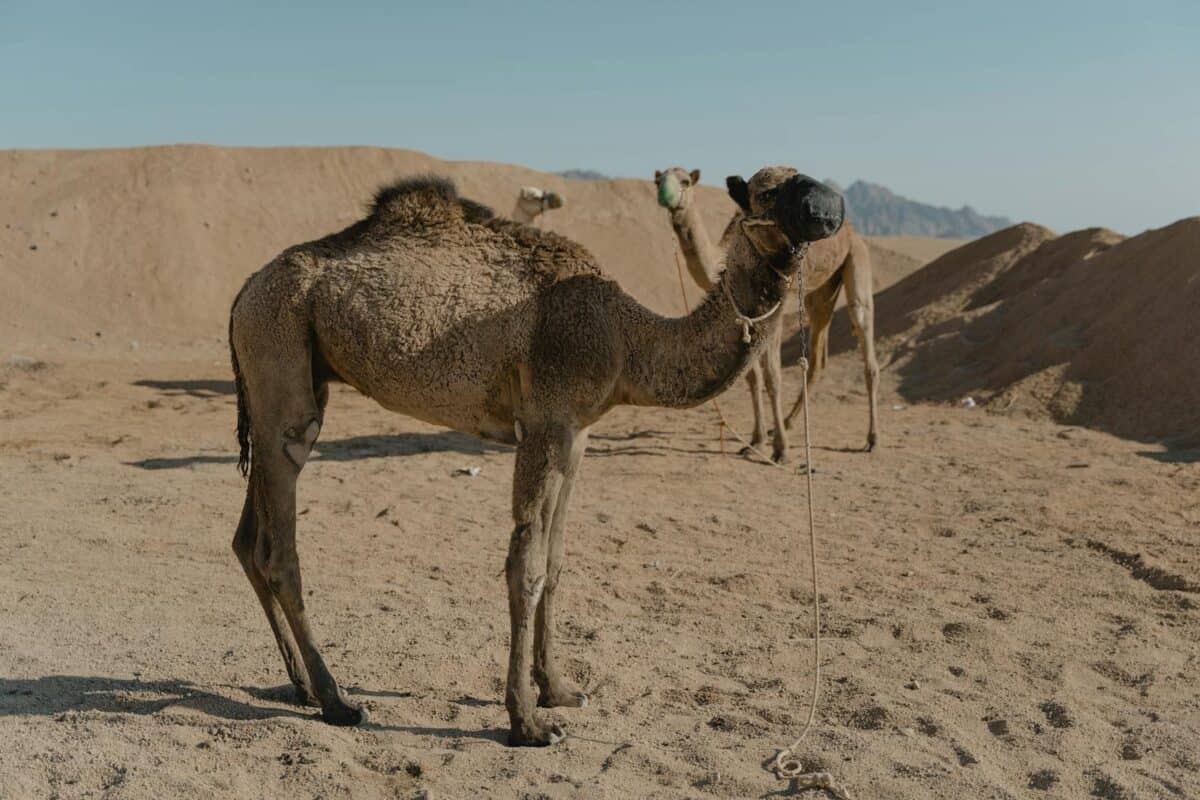
In addition to the Ellesmere Island discoveries, significant camel fossils have been uncovered in Alaska and the Yukon Territory. In the Old Crow Basin of the Yukon, researchers have found camel remains dating back to the late Pliocene and early Pleistocene periods. These fossils, including teeth, jaw fragments, and limb bones, provide further evidence of camel habitation across the North American Arctic. Analysis of these specimens suggests these northern populations belonged to the genus Paracamelus, an extinct group that is believed to be ancestral to modern Camelus species. The Yukon camel fossils have been particularly valuable to paleontologists because they help fill crucial gaps in understanding the transition between ancient North American camels and the modern camels of Asia and Africa, demonstrating evolutionary adaptations that occurred as these animals spread across multiple continents.
Climate Clues from Arctic Camel Habitats

The presence of camels in Alaska and the Canadian Arctic provides valuable data for paleoclimatologists studying ancient environments. During the mid-Pliocene warm period when Arctic camels thrived, the regional climate was dramatically different from today. Through analysis of plant fossils, pollen records, and other paleoenvironmental indicators found alongside camel remains, scientists have reconstructed an Arctic landscape dominated by larch forests with some pine and birch, rather than the treeless tundra of today. Summer temperatures likely reached 18-21°C, with winter temperatures still dropping below freezing but significantly milder than modern Arctic winters. Precipitation patterns also differed, with evidence suggesting more evenly distributed rainfall throughout the year. These insights help climate scientists calibrate models of past climate changes and better understand how Arctic ecosystems respond to warming conditions—knowledge that has become increasingly relevant in our current era of climate change.
Extinction of North American Camels

Despite their successful adaptation to diverse North American environments, including the Arctic, all camel species ultimately disappeared from their continent of origin. The extinction of North American camels occurred during the broader Quaternary extinction event at the end of the Pleistocene epoch, approximately 10,000-12,000 years ago. This mass extinction affected numerous large mammal species across North America, including mammoths, mastodons, saber-toothed cats, and giant ground sloths. The causes remain debated among scientists, with leading theories including climate change associated with the end of the last ice age, overhunting by human populations (the “overkill hypothesis”), or a combination of these and other factors. Whatever the precise cause, the disappearance of camels from North America represents one of the most dramatic biogeographical shifts in mammalian evolution, leaving their closest relatives—llamas and alpacas—in South America, while true camels continued to evolve and adapt in Asia and Africa.
Modern Implications of Arctic Camel Research

The discovery of Arctic camels has significant implications for contemporary scientific understanding. For conservation biologists, it illustrates the remarkable adaptability of species to changing environments over evolutionary time—an important consideration when predicting how modern species might respond to current climate change. For climate scientists, the presence of camels in a warmer Arctic provides a “paleo-analog” for potential future warming scenarios. The mid-Pliocene epoch, when Arctic camels thrived, featured CO₂ levels and global temperatures similar to those projected for the coming decades under moderate climate change scenarios. By studying how ecosystems functioned during this period, scientists gain insights into potential future Arctic conditions. Additionally, the Arctic camel story has enhanced public engagement with paleontology, challenging popular perceptions and demonstrating how fossil discoveries can dramatically revise our understanding of familiar animals.
Conclusion: Rewriting the Camel’s Story
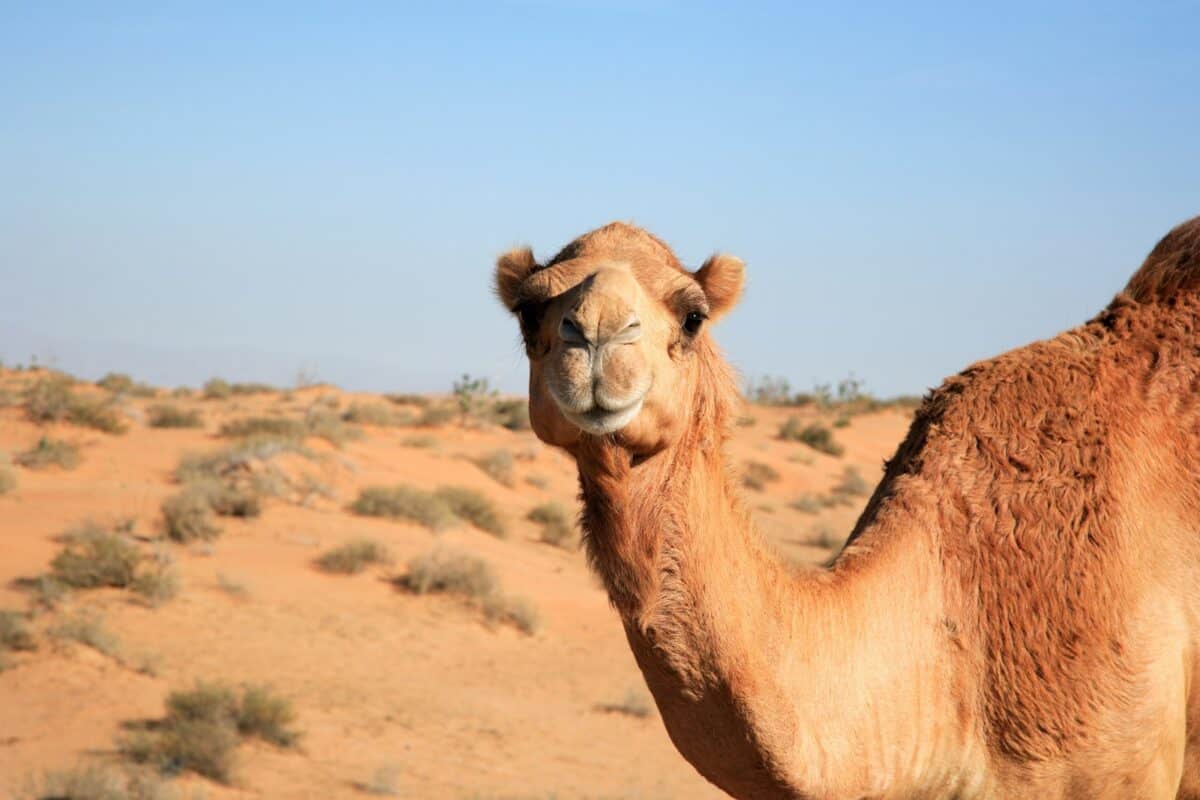
The discovery of camel fossils in Alaska and the Canadian High Arctic fundamentally transforms our understanding of these iconic mammals. Far from being exclusively desert creatures, camels evolved as cold-adapted species whose remarkable physiological traits—originally suited for Arctic survival—were later repurposed for desert life. This evolutionary journey across continents and climates illustrates the extraordinary adaptability that has characterized camel evolution for millions of years. As we continue to unearth new fossils and apply advanced analytical techniques, the story of camels in Alaska serves as a powerful reminder that even our most basic assumptions about familiar animals may require revision. The Arctic camel represents not just a fascinating paleontological curiosity, but a compelling case study in how species adapt, migrate, and evolve in response to Earth’s ever-changing environments.
- Urban Growth Is Draining U.S. Waterways - August 18, 2025
- Wombats Dig Tunnels Like Engineers - August 18, 2025
- This Bird Sets Forests on Fire - August 17, 2025

